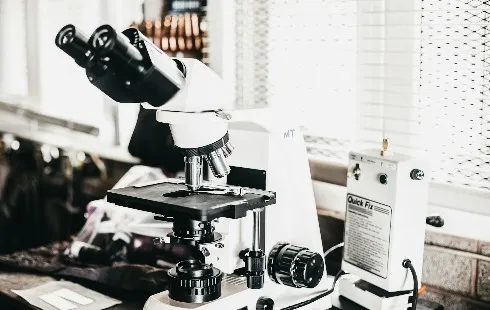
Gonadorelin Peptide: A Gateway to Understanding Endocrine Dynamics
Section: Science
A recent study conducted in China has revealed that microplastic particles can be found in intravenous (IV) solutions, likely originating from the material of the infusion bags themselves. This study, published in the journal Environment & Health, raises concerns about the potential health risks associated with microplastics in medical settings.
Infusion bags are typically made from various plastics, including ethylene-vinyl acetate (EVA), polypropylene (PP), and polyvinyl chloride (PVC). The study highlights that microplastic particles can detach from these bags and contaminate the fluids intended for patient administration.
The research team, led by experts from Fudan University in Shanghai, investigated saline solutions contained in PP infusion bags sourced from two manufacturers: Henan Kellen Pharmaceutical Company and Guangxi Yuyuan Pharmaceutical Company. The team conducted experiments by allowing the saline solution to drip at a standard infusion rate into a collection vessel, after which the liquid was filtered through a polycarbonate filter designed to capture particles as small as 0.2 micrometers (µm).
Using advanced techniques such as Raman spectroscopy and scanning electron microscopy, the researchers analyzed the collected particles to determine their size and composition. They subsequently extrapolated the findings to estimate the concentration of microplastics in larger volumes of infusion solutions.
The findings revealed that saline solutions contained a significant number of microplastic particles, primarily from polypropylene. The particles varied in shape--ranging from fibrous to blocky to granular--and measured between 1 and 62 µm in size. Alarmingly, the average concentration was found to be around 7,500 particles per liter. This suggests that patients receiving higher volumes of infusion fluids could be exposed to greater amounts of microplastics.
Exposure to microplastics has been associated with various health risks, including inflammation and potential deposition in blood vessels and organs. However, the long-term health implications of such exposure remain poorly understood. Moreover, the results of this study may not be universally applicable to infusion bags produced by other manufacturers, necessitating further research.
The researchers advocate that their findings should inform the development of strategies aimed at reducing health risks related to microplastics in medical applications. Recommendations include protecting infusion bags from UV light and heat to minimize particle release and utilizing microfiltration systems during infusion procedures to remove any contaminants.

Section: Science

Section: Health

Section: Arts

Section: Health

Section: Science

Section: News

Section: News

Section: Health Insurance

Section: Health

Section: News
Health Insurance in Germany is compulsory and sometimes complicated, not to mention expensive. As an expat, you are required to navigate this landscape within weeks of arriving, so check our FAQ on PKV. For our guide on resources and access to agents who can give you a competitive quote, try our PKV Cost comparison tool.
Germany is famous for its medical expertise and extensive number of hospitals and clinics. See this comprehensive directory of hospitals and clinics across the country, complete with links to their websites, addresses, contact info, and specializations/services.
Join us for an electrifying evening with the Marion & Sobo Band on Wednesday, August 6, 2025, from 20:00 to 23:00 at the Festzelt am Volksfestplatz in Unterschleißheim. This dynamic band, comprising talented musicians from Germany, France, and Poland, brings a fresh blend of world music and...



No comments yet. Be the first to comment!